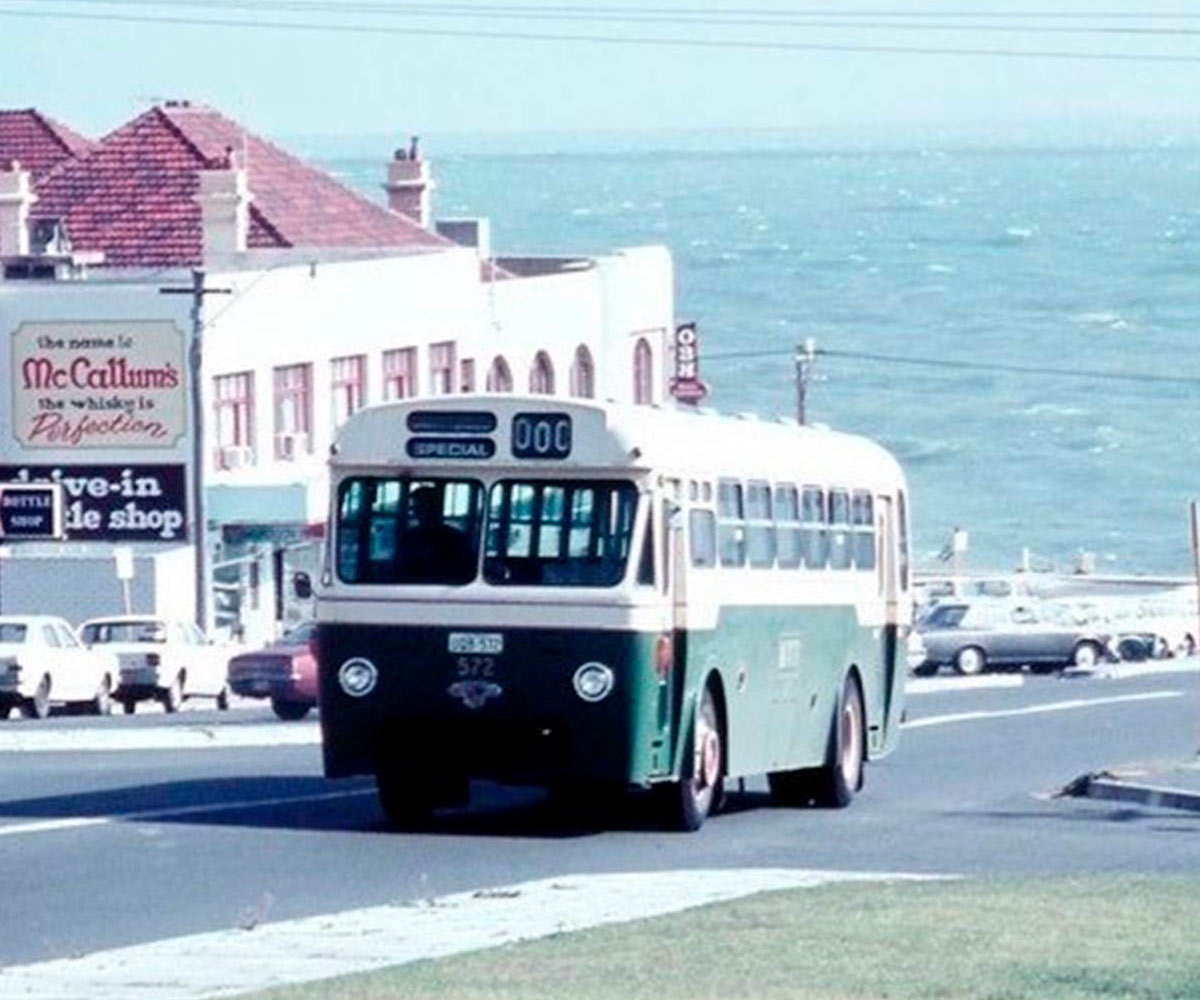
5-stage resolution pathway
Regardless of how your matter unfolds, our five-stage pathway lays out the steps nearly all our clients follow when resolving their family law matter. There are some side roads, and there are always some unknowns, but sticking to our established, well-worn path will help you refocus when you need to, and keep you on track for sorting things out with as little emotional and financial cost as possible.
1. Diagnose
This is where you tell us your story – what’s keeping you awake at night, what you need, what has to change and what you want to stay the same.
This initial stage starts with you and your lawyer – we will identify the legal issues and any goals that may be common to both parties or different. We will also talk about any interests or concerns in relation to you and your former partner.
The diagnosis phase continues throughout your matter but starts early with your lawyer identifying the issues you need resolved – Parenting? Property? Living arrangements? – and the goals and interests that are important to you, where the kids go to school, where you live, where’s the money coming from.
Some of these will be things a traditional legal process won’t take into account but they matter to you, so they matter to us.
We understand the legal processes and your options, your rights and entitlements. With that knowledge we work with you to achieve your goals while prioritising what is important to you and your family.
After this initial meeting we will propose a settlement strategy and give you a fixed-fee quote.
2. Gather
Once we have agreed on a settlement strategy, we need to gather information.
Now it is time to work with your lawyer to gather all the information you are legally required to provide and, importantly, any information that is personal to you and helps to explain what is important to you and your family – this could be something like a pre-approval to return to study or to get reaccreditation, including the length of time training might take and how much it will cost.
You, your lawyers and any other necessary collaborative professionals will work together between meetings to gather the information you need to make decisions. It is likely to include financial documents – tax returns, superannuation balances and bank statements – and valuations.
You might also be gathering information about your kids – from their school or counsellors. Your lawyer may suggest an independent child expert meet your children to provide feedback at a future meeting about how the kids are travelling
Where couples can quickly gather and exchange information settlements are much more likely to be resolved faster.
3. Advise
Once we have the required information we can provide you with preliminary legal advice based on the facts and figures, along with any recommendations we may have that you seek advice from other professionals such as financial, personal or parenting advisors.
We then work together to brainstorm options for solutions; then consider or weigh up the outcome of each option.
When going through the possibilities we will talk to you about the emotional, financial and legal perspectives of each path.
4. Resolve
Here is where we start working to make your chosen settlement strategy a reality.
This may involve finalising a kitchen table agreement; participating in a mediation; negotiating with your ex or their lawyer; or working in a collaborative team.
5. Document
The hard part is over and all that’s left is for the lawyers to draft a written agreement that accurately reflects your settlement terms, which each of you will sign – this will finalise your legal matters.
The agreement you have reached will be drafted into legal documents. This may in the form of Consent Orders to be filed in the Family Court of Western Australia, or a binding financial agreement that reflects your unique arrangement.
This drafting will be done by us and then sent to you and your ex for signing.


